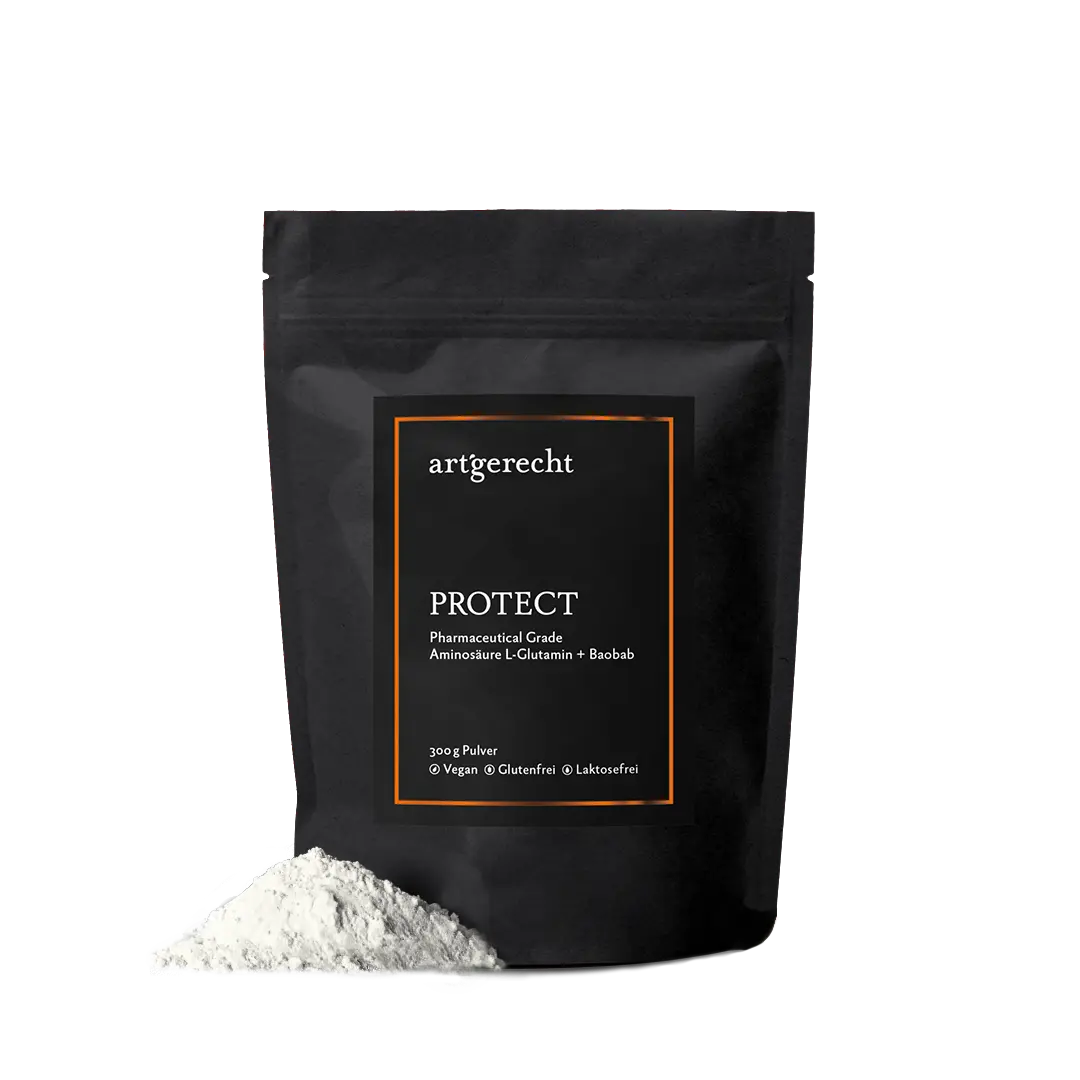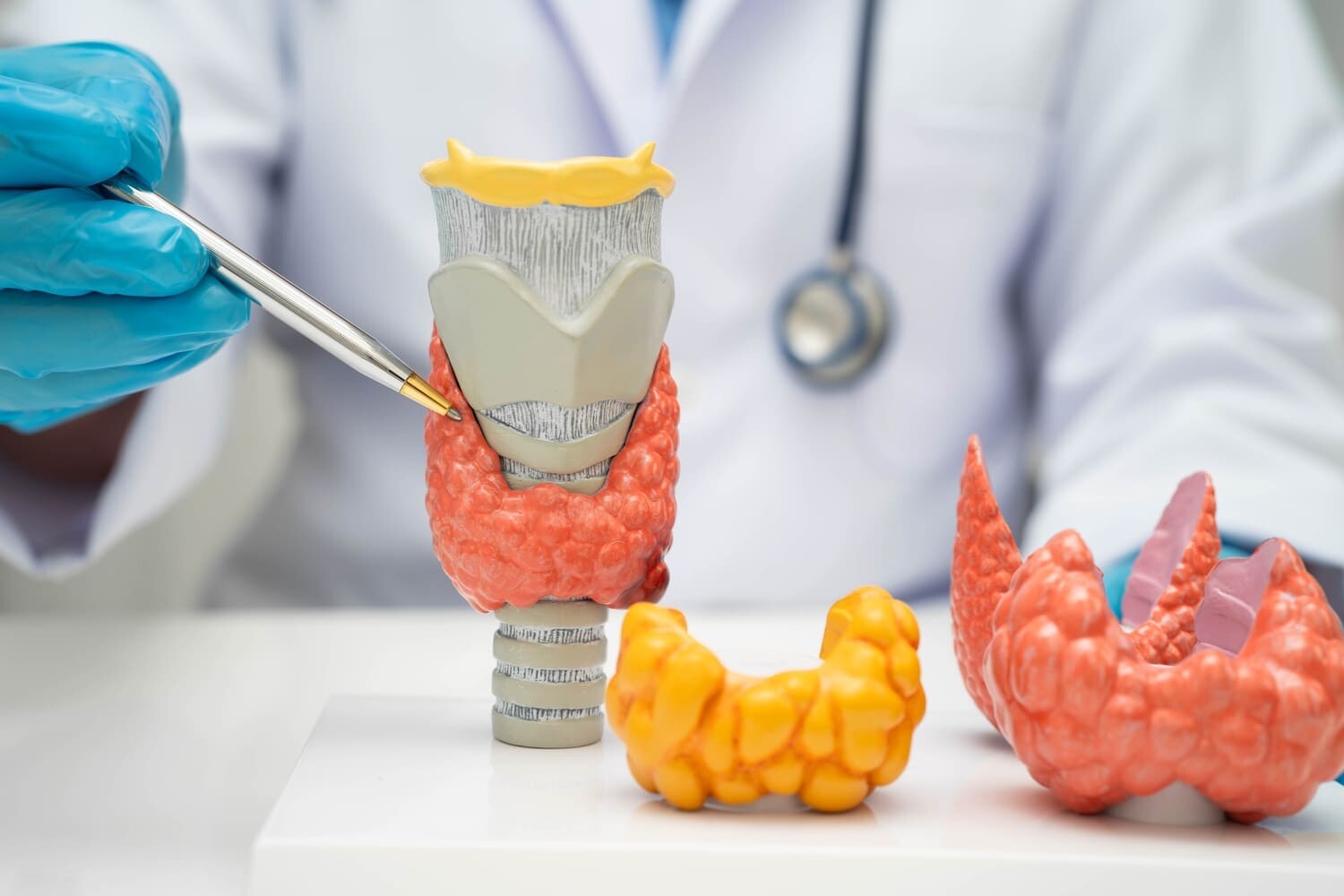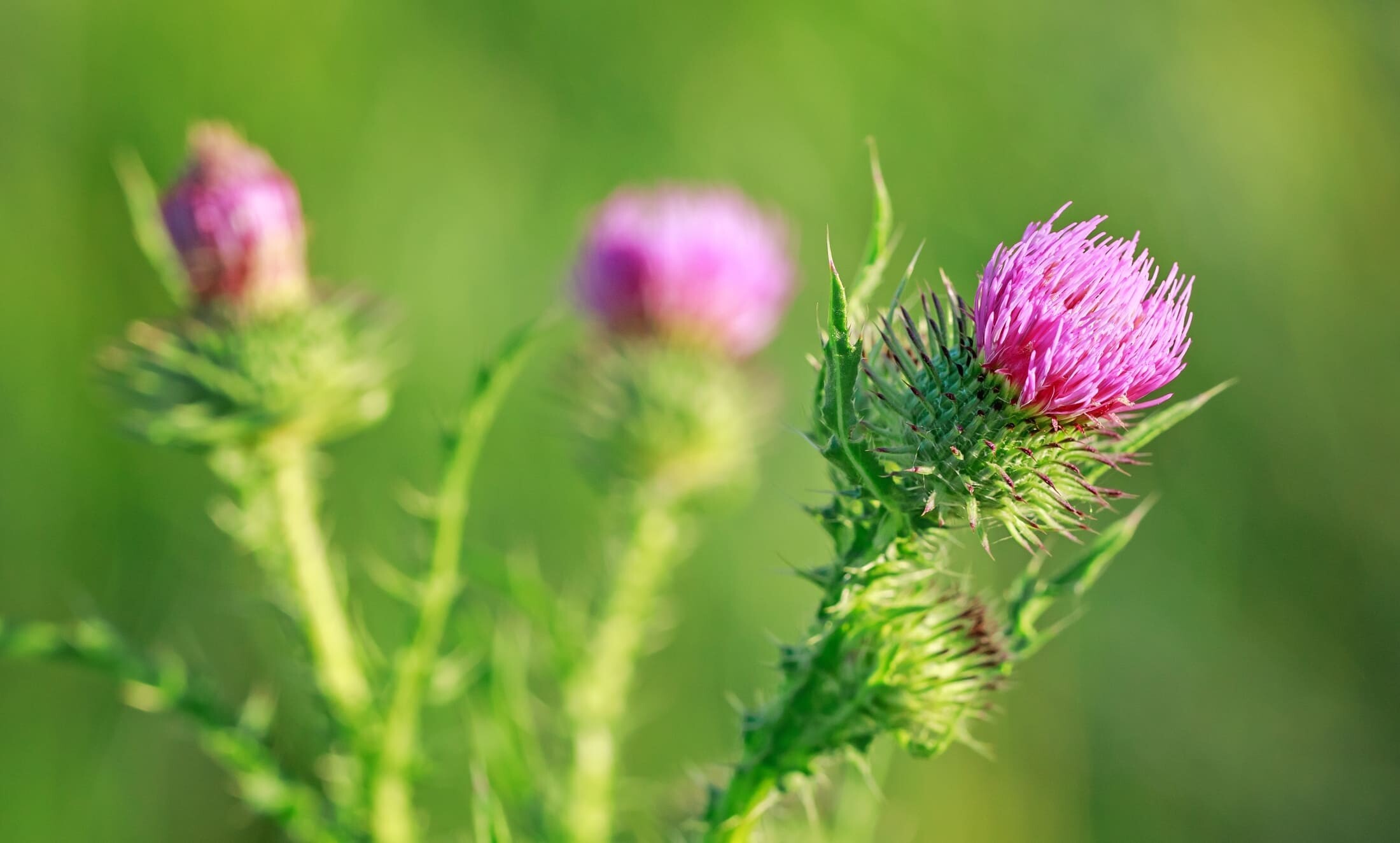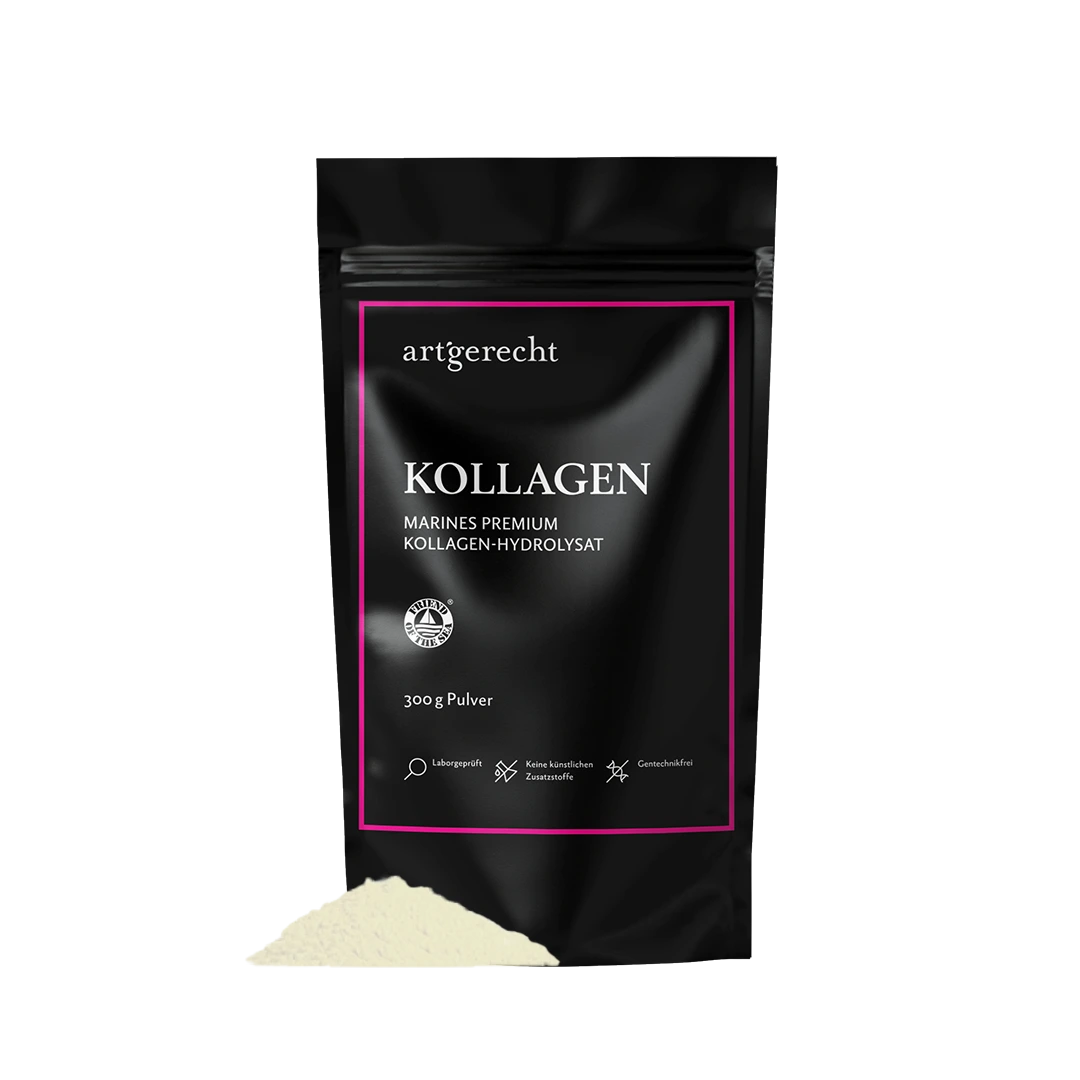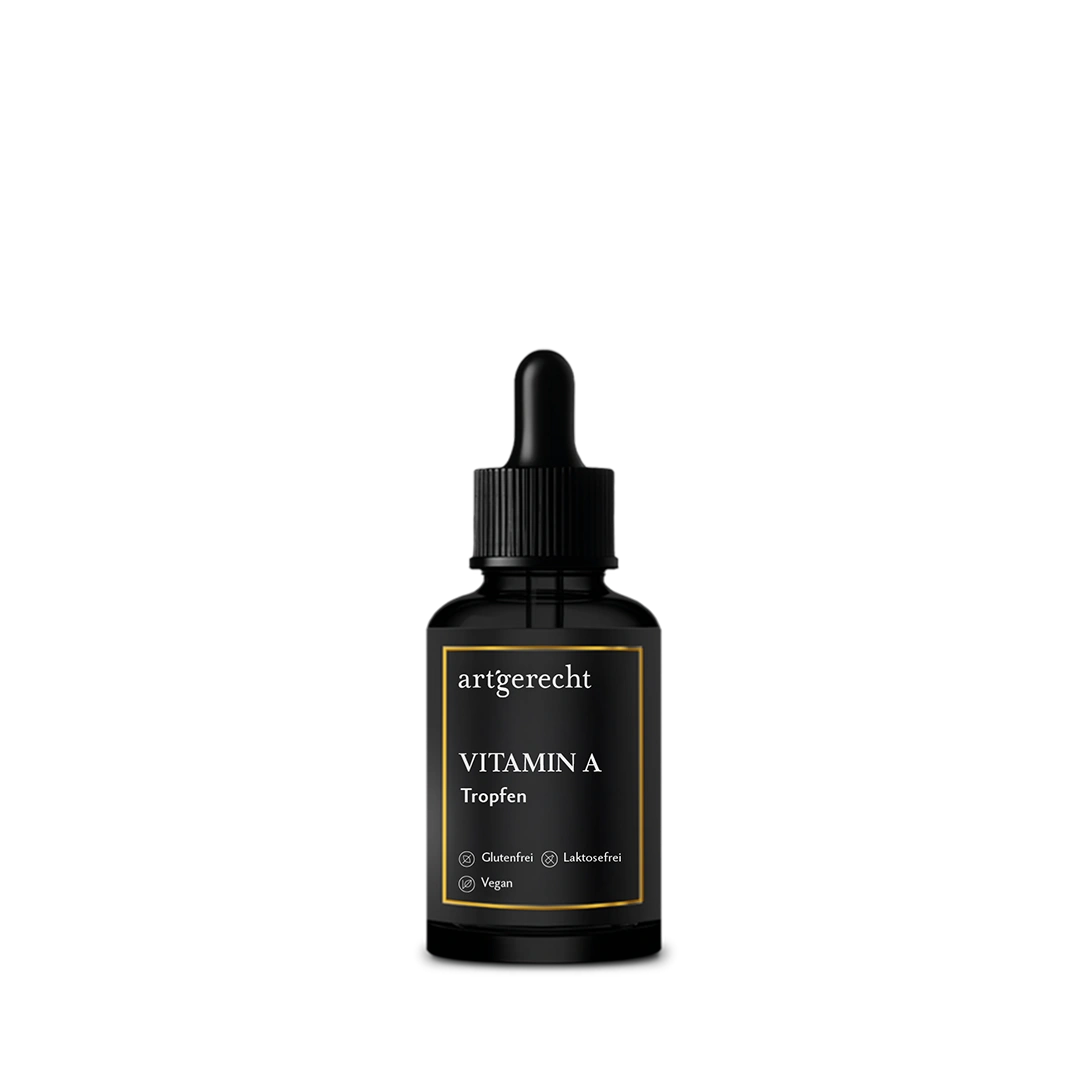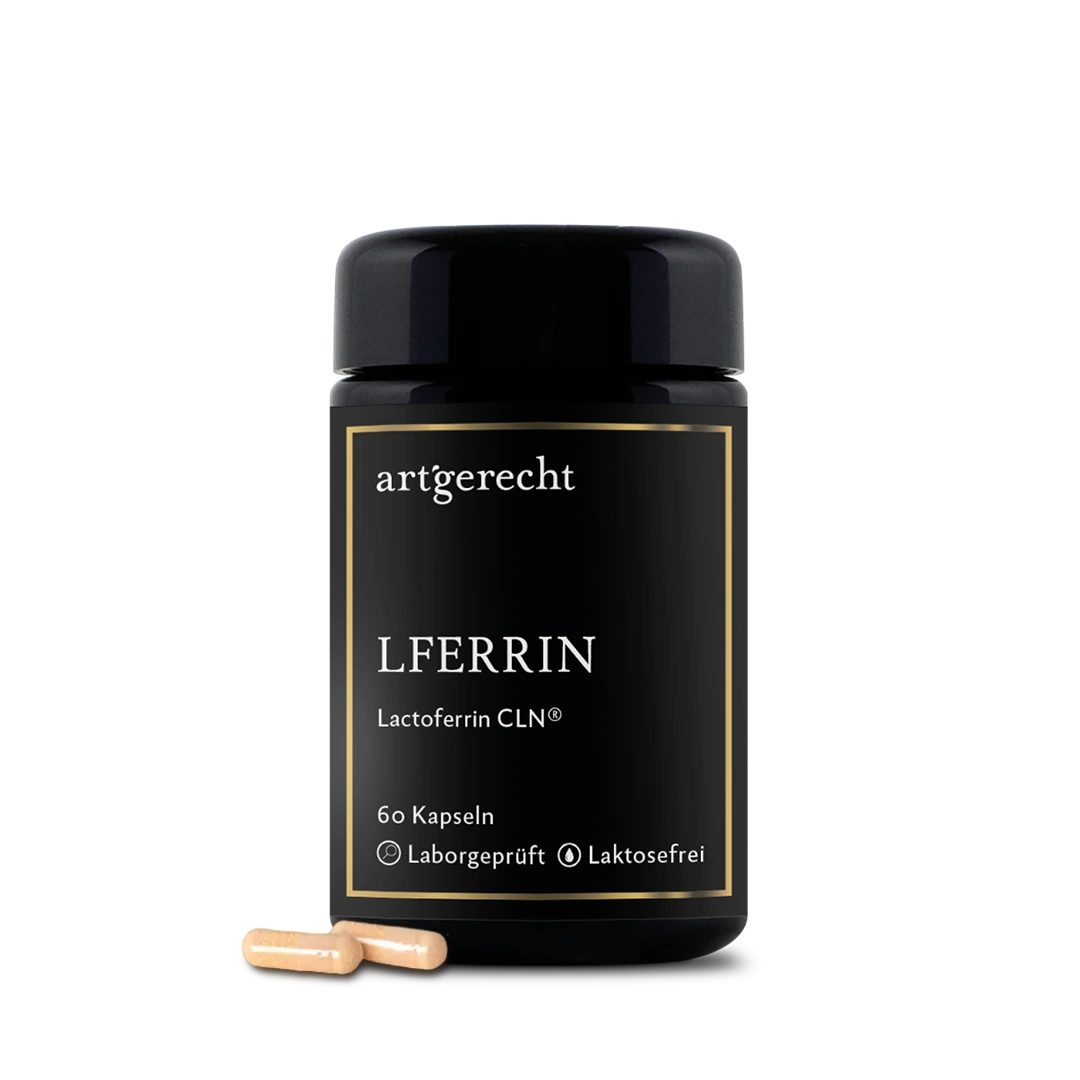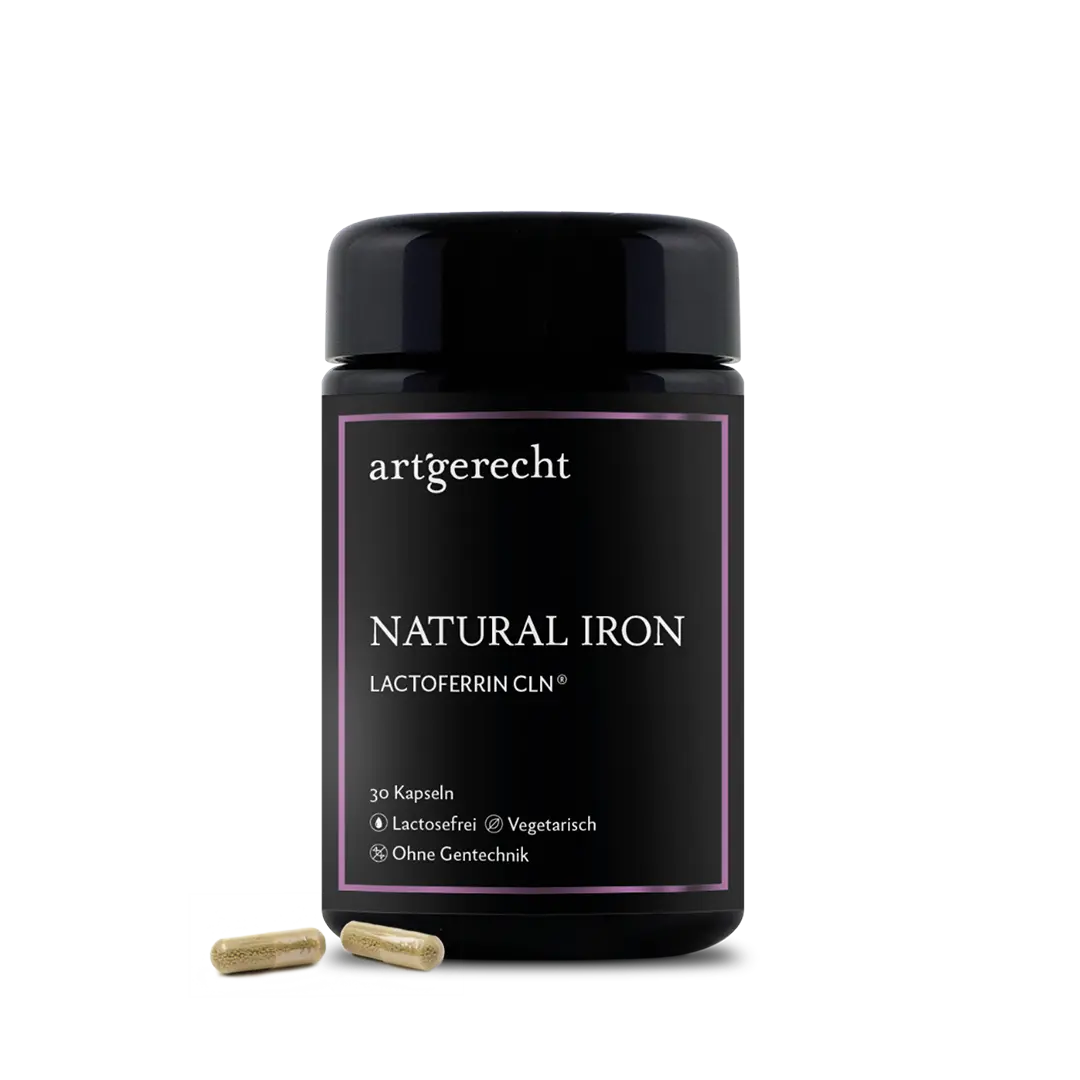Every year in spring, it starts again. Unfortunately, the colorful awakening in nature not only causes a colorful play of colors for many, but also a runny nose, sneezing and watery eyes. But what can you do about it? In the following article, you will find tips and tricks on the topic of allergies for short and long-term improvement.
How does a pollen allergy or hay fever develop?
An allergy occurs when a potentially dangerous substance (called an allergen) comes into contact with our immune system. This can occur in a variety of ways: On the one hand, the substance can get through our body barriers, as is the case with bee venom, for example, but it can also land on our mucous membranes, as happens with pollen. Of course, the allergen can also be ingested via the food (food allergy) or come into contact with it via the skin (e.g. patch allergy). Once contact has occurred, the assessment of the immune system results in an excessive reaction, which leads to the symptoms of allergies. Once this has happened, memory cells are formed, which become active again and again when we come into contact with the allergen. This process is called sensitization.
Why does the immune system overreact when allergies occur?
Our immune system adapts, even to an environment that is completely new to us. For example, changes in our environment, such as reduced contact with parasites, good bacteria and viruses and increased contact with certain fungi.strong>fungi, bad bacteria and viruses have led to a significant increase in allergic diseases over the last 30 years. The continuous contact with bad fungi, bacteria and viruses leads to a shift in the communication of immune cells. Increased messenger substances are released, which activate the so-called Th2 system. Due to the absence of parasites and the good bacteria and viruses, there is a lack of regulation stop signal for the Th2 system, which is why sensitization can occur (Reynolds & Finlay, 2017).
Was protects me from an allergy?
It seems to be particularly important to expose the childhood immune system to appropriate training (contact with microorganisms) in order to help theimmune system a tolerance to possible allergens or, in other words, to build in a good start and stop system (Reynolds & Finlay, 2017). It has been shown that close, regular and, above all, fresh contact with pets and farm animals significantly reduces the probability of sensitization (Pelucchi, Galeone, Bach, La Vecchia, & Chatenoud, 2013). It also plays a major role whether and for how long children are breastfed by their mothers, as breast milk transports important dietary fiber (HMO), immune proteins (lactoferrin) and immune messengers as well as hormones and microorganisms. These are crucial for the composition of our flora and therefore for immune training (Kim, Sitarik, Woodcroft, Zoratti, & Johnson, n.d.).
What happens in the body with an allergy?
In an allergic reaction, an increased amount of inflammatory messenger substances such as histamine are released. This causes our mucous membranes to swell and the typical itching occurs. In addition, activating messenger substances for the Th2 system are released, which leads to an increasing immune response. The stronger the immune response, the stronger the symptoms we notice.
Why is an allergy worse in the morning?
In order for us to get up in the morning, our body releases the hormone cortisol, which is one of the main rhythm generators for our biorhythm. Cortisol ensures that we start the day energetically charged, but it also inhibits immune activity. In medicine, this effect is utilized because medications to alleviate symptoms include the artificially produced variant, cortisone. Unfortunately, these medications have no causal effect on the disease.
What factors have an influence on allergy?
Since the severity of the symptoms of an allergy depends on how many activating messengers are released for the Th2 system, the relief depends on the activation of the Th2 system.strong>relief depends on the reduction of the messenger substances and, in the long term, on the regulation of the various immune system components. Strengthening factors for this can be:
- Exposure to the allergen (e.g. during the flowering period)
- Intestinal flora that activates the Th2 system: certain fungi, bacteria and viruses (Reynolds & Finlay, 2017)
- A defective intestinal/lung barrier (Kelly et al, 2015)
- Nutrition (Trompette et al., 2014) (Tan et al, 2016)
- Low vitamin D levels (Matsui et al, 2019) (Rajakulendran, Tham, Soh, & Van Bever, 2018)
Tip: The different types of allergies and the evolutionary advantage of an allergy are explained in detail in the article: Allergies and the immune system – how do allergies develop?
Natural regulation of immunological messengers
In the research work by Donovan, 2016, it was shown that the naturally occurring immune protein lactoferrin is involved in the regulation of immunological messengers.strong>regular intake leads to a balanced ratio of messenger substances between the various immune system components. Due to this ability, the study by (Fischer, Debbabi, Dubarry, Boyaka, & Tomé, 2006) talks about a preventive protection through the intake of lactoferrin on the development of allergic diseases. A study (Kruzel, Bacsi, Choudhury, Sur, & Boldogh, 2006) on a mouse model was also able to show an inflammation-reducing effect on lung tissue in asthmatic mice and is in favor of its use in humans.
How to treat an allergy
- Hyposensitization
So-called hyposensitization is a form of therapy: By administering the allergen regularly under medical supervision, a tolerance to the immune system can be created. This procedure usually takes three years and is a kind of immune training.
Since our immune system is the trigger for the allergy and its symptoms, it makes the most sense to start at the root of the problem. As the immune system is a dynamic and above all learning system, it is possible to develop tolerance to the antigen. To strengthen the immune system and counteract inflammatory processes, omega-3 fatty acids can help. Lactoferrin supports natural immune regulation. Adequate vitamin D levels can also help to reduce the chances of developing an allergy and can also contribute to immune regulation.
Certain bacteria that are beneficial for our intestinal flora.strong>intestinal flora can be used as a useful supplement (Ho & Bunyavanich, 2019)(Joo Chan, Richardo, & Lim, 2018)(Rajakulendran et al. a., 2018). These promote the development of regulatory T cells, which ensure a good balance between the messenger substances of the immune system. The Th-2 system is thus calmed and symptoms are alleviated (Ho & Bunyavanich, 2019).
- Intact barriers
An intact barrier is dependent on many factors, as these protect us from all influences (microorganisms, sun, cold, mechanical stimuli, etc.).) should protect it. There are therefore a variety of stress factors that have a damaging influence. As our intestines are the largest protective barrier at over 500m2, it is worth paying particular attention to them.
It is often the case that an allergy worsens during times of stress. Stress increases the permeability of the intestinal barrier (intestinal permeability), which makes it easier for antigens to enter the body. This is known as leaky gut syndrome.
The increase in epithelial barrier-damaging agents is closely linked to industrialization, urbanization and modern life. A leaky gut may therefore underlie the increase in allergic, autoimmune and other chronic diseases. The immune responses to dysbiotic microbiota that cross the damaged barrier may also be involved in the development of these diseases (Akdis, C.A., 2021).- An appropriate diet:
So that our microbiome is a support for us and not a burden.and not a burden, it needs the right prebiotic food. A diverse diet helps to restore the internal balance of the intestinal flora.
.Become the manager of your gut health:
The gut and the microbiome have an enormous influence on the development and expression of allergies. As part of the online course „DARM INTAKT“, you have the opportunity to obtain comprehensive information on the topics of nutrition, exercise and the immune system. Over a period of 8 weeks, you will learn interactively what you can specifically do for your intestinal health. You also get access to interesting articles, exciting videos and delicious recipes. With the help of practical tips for your everyday life, you can get started right away. Step by step – and at your own pace.
Literature:
Akdis, C.A. Does the epithelial barrier hypothesis explain the increase in allergy, autoimmunity and other chronic conditions? Nat Rev Immunol (2021). https://doi.org/10.1038/s41577-021-00538-7
Donovan, S. M. (2016). The Role of Lactoferrin in Gastrointestinal and Immune Development and Function: A Preclinical Perspective. Journal of Pediatrics, 173, S16–S28. https://doi.org/10.1016/j.jpeds.2016.02.072
Fischer, R., Debbabi, H., Dubarry, M., Boyaka, P., & Tomé, D. (2006). Regulation of physiological and pathological Th1 and Th2 responses by lactoferrin. Biochemistry and Cell Biology, 84(3), 303–311. https://doi.org/10.1139/O06-058
Ho, H. en, & Bunyavanich, S. (2019, May 1). Microbial Adjuncts for Food Allergen Immunotherapy. Current Allergy and Asthma Reports. Current Medicine Group LLC 1. https://doi.org/10.1007/s11882-019-0859-1
Joo Chan, C., Richardo, T., & Lim, R. L. H. (2018, November 2). Current Trend in Immunotherapy for Peanut Allergy. International Reviews of Immunology. Taylor and Francis Ltd. https://doi.org/10.1080/08830185.2018.1509967
Kelly, J. R., Kennedy, P. J., Cryan, J. F., Dinan, T. G., Clarke, G., & Hyland, N. P. (2015, October 14). Breaking down the barriers: The gut microbiome, intestinal permeability and stress-related psychiatric disorders. Frontiers in Cellular Neuroscience. Frontiers Media S.A. https://doi.org/10.3389/fncel.2015.00392
Kim, H., Sitarik, A. R., Woodcroft, K., Zoratti, E., & Johnson, C. C. (n.d.). Birth mode, breastfeeding, pet exposure, and antibiotic use: associations with the gut microbiome and sensitization in children. Introduction. https://doi.org/10.1007/s11882-019-0851-9
Kruzel, M. L., Bacsi, A., Choudhury, B., Sur, S., & Boldogh, I. (2006). Lactoferrin decreases pollen antigen-induced allergic airway inflammation in a murine model of asthma. Immunology, 119(2), 159–166. https://doi.org/10.1111/j.1365-2567.2006.02417.x PM – 16800860 M4 – Citavi
Matsui, T., Tanaka, K., Yamashita, H., Saneyasu, K. ichi, Tanaka, H., Takasato, Y., … Ito, K. (2019, April 1). Food allergy is linked to season of birth, sun exposure, and vitamin D deficiency. Allergology International. Japanese Society of Allergology. https://doi.org/10.1016/j.alit.2018.12.003
Pelucchi, C., Galeone, C., Bach, J. F., La Vecchia, C., & Chatenoud, L. (2013). Pet exposure and risk of atopic dermatitis at the pediatric age: A meta-analysis of birth cohort studies. Journal of Allergy and Clinical Immunology, 132(3). https://doi.org/10.1016/j.jaci.2013.04.009
Rajakulendran, M., Tham, E. H., Soh, J. Y., & Van Bever, H. (2018). Novel strategies in immunotherapy for allergic diseases. Asia Pacific Allergy, 8(2). https://doi.org/10.5415/apallergy.2018.8.e14
Reynolds, L. A., & Finlay, B. B. (2017, August 1). Early life factors that affect allergy development. Nature Reviews Immunology. Nature Publishing Group. https://doi.org/10.1038/nri.2017.39
Tan, J., McKenzie, C., Vuillermin, P. J., Goverse, G., Vinuesa, C. G., Mebius, R. E., … Mackay, C. R. (2016). Dietary Fiber and Bacterial SCFA Enhance Oral Tolerance and Protect against Food Allergy through Diverse Cellular Pathways. Cell Reports, 15(12), 2809–2824. https://doi.org/10.1016/j.celrep.2016.05.047
Trompette, A., Gollwitzer, E. S., Yadava, K., Sichelstiel, A. K., Sprenger, N., Ngom-Bru, C., … Marsland, B. J. (2014). Gut microbiota metabolism of dietary fiber influences allergic airway disease and hematopoiesis. Nature Medicine, 20(2), 159–166. https://doi.org/10.1038/nm.3444


